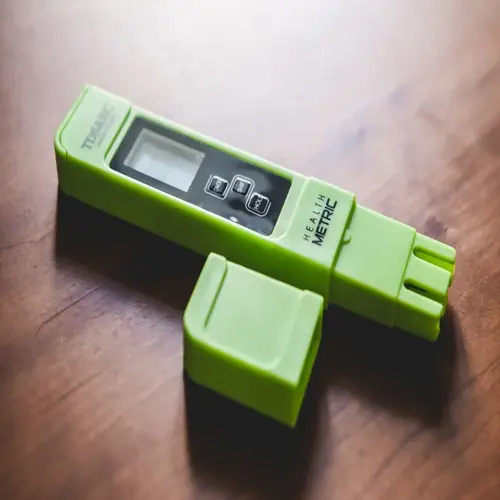What's the correct method for aquarium water changes?

Written by
John Williams
Reviewed by
Prof. Henry Webster, Ph.D.Proper aquarium water changes prevent stress to fish and maintain aquarium health. Unfortunately, many beginners injure their fish by using improper water changing methods. Doing water changes properly entails specific preparation for the task and meticulous execution. This article describes the professional techniques and attitudes that will result in happy fish and good water quality.
Safety First
- Unplug all electrical equipment including heaters and filters
- Gather buckets, siphon, dechlorinator and thermometer
- Test current ammonia and nitrate levels before starting
Water Treatment
- Measure replacement water volume accurately
- Add dechlorinator according to bottle instructions
- Temperature-match within 1°F using reliable thermometers
Commence the process of emptying water using your siphon vacuum. Insert the tube cautiously into the substrate approximately one inch deep. First, treat areas with a lot of waste, as under decorations. Select 25-30% of the water when cleaning the gravel. Work slowly along the bottom of the tank.
Refill with treated water carefully. Pour it slowly on a plate or your hand. This diffuses the water flow, which protects fish and plants. Stop before the filter intake level is reached. After 10 minutes, reconnect the equipment. Observe fish for normal swimming behavior.
Follow-up checks will confirm success. Retest the ammonia and nitrate levels. Ensure the temperature remains consistent throughout the tank. Look for signs of stress in the fish, such as rapid gill movement. After using the equipment, it should be cleaned in a vinegar solution.
Consistent technique builds self-confidence. Plan for weekly changes on a schedule. Keep all supplements organized together. Through practice, correct implementation becomes easy. Your fish will do well with routine professional-grade maintenance.
Read the full article: Aquarium Water Changes: Essential Steps & Tips

